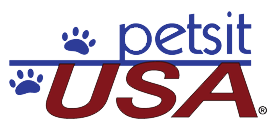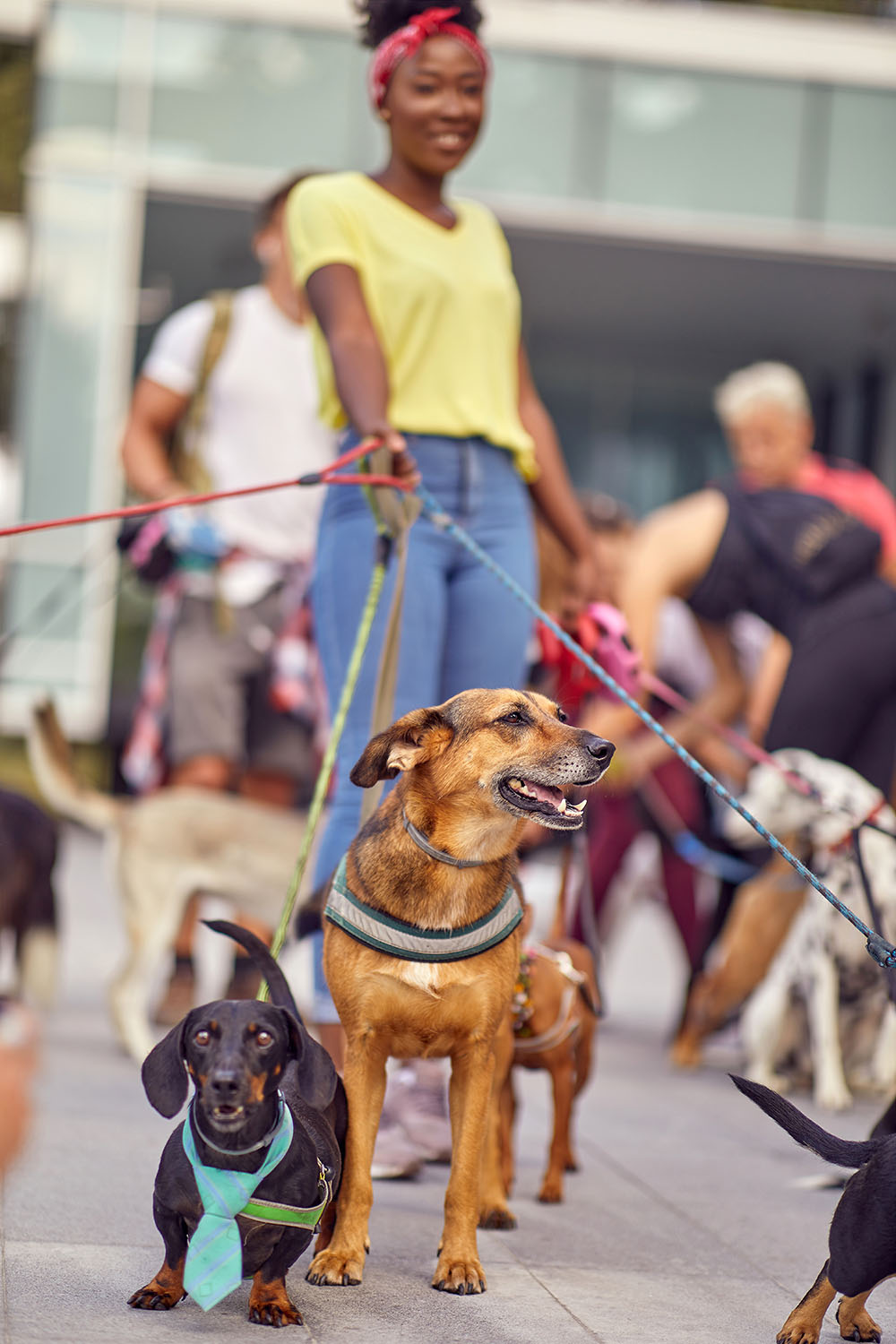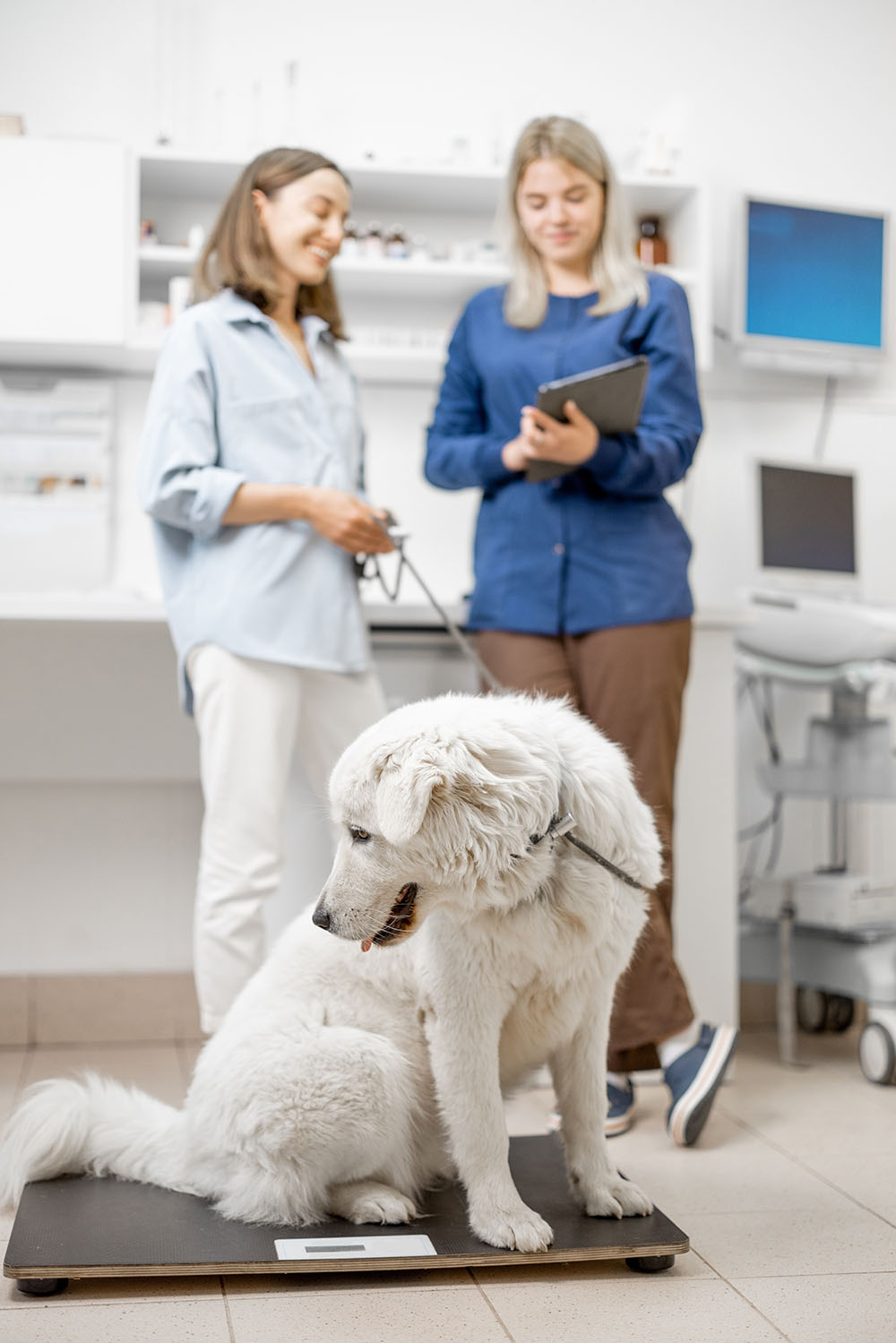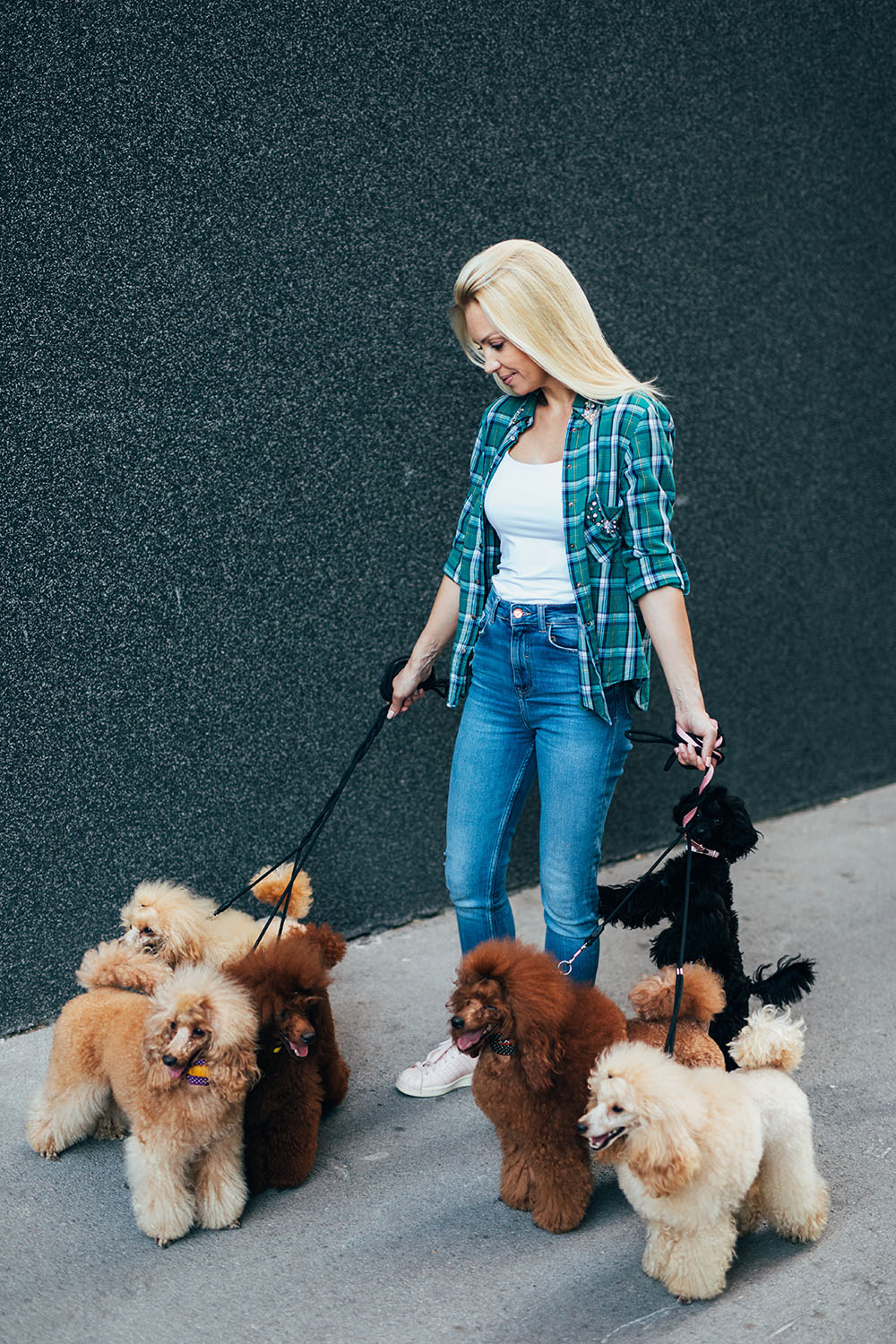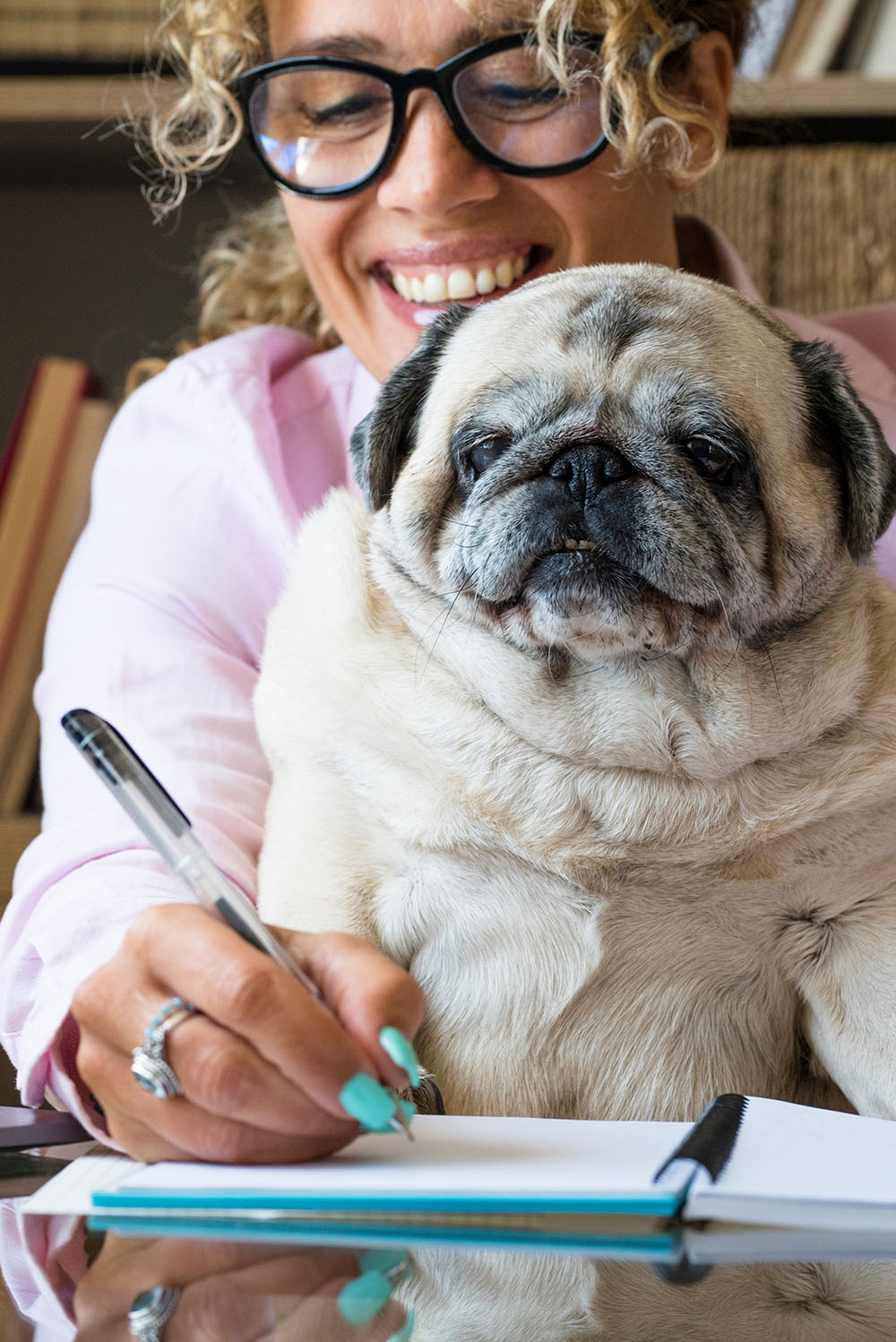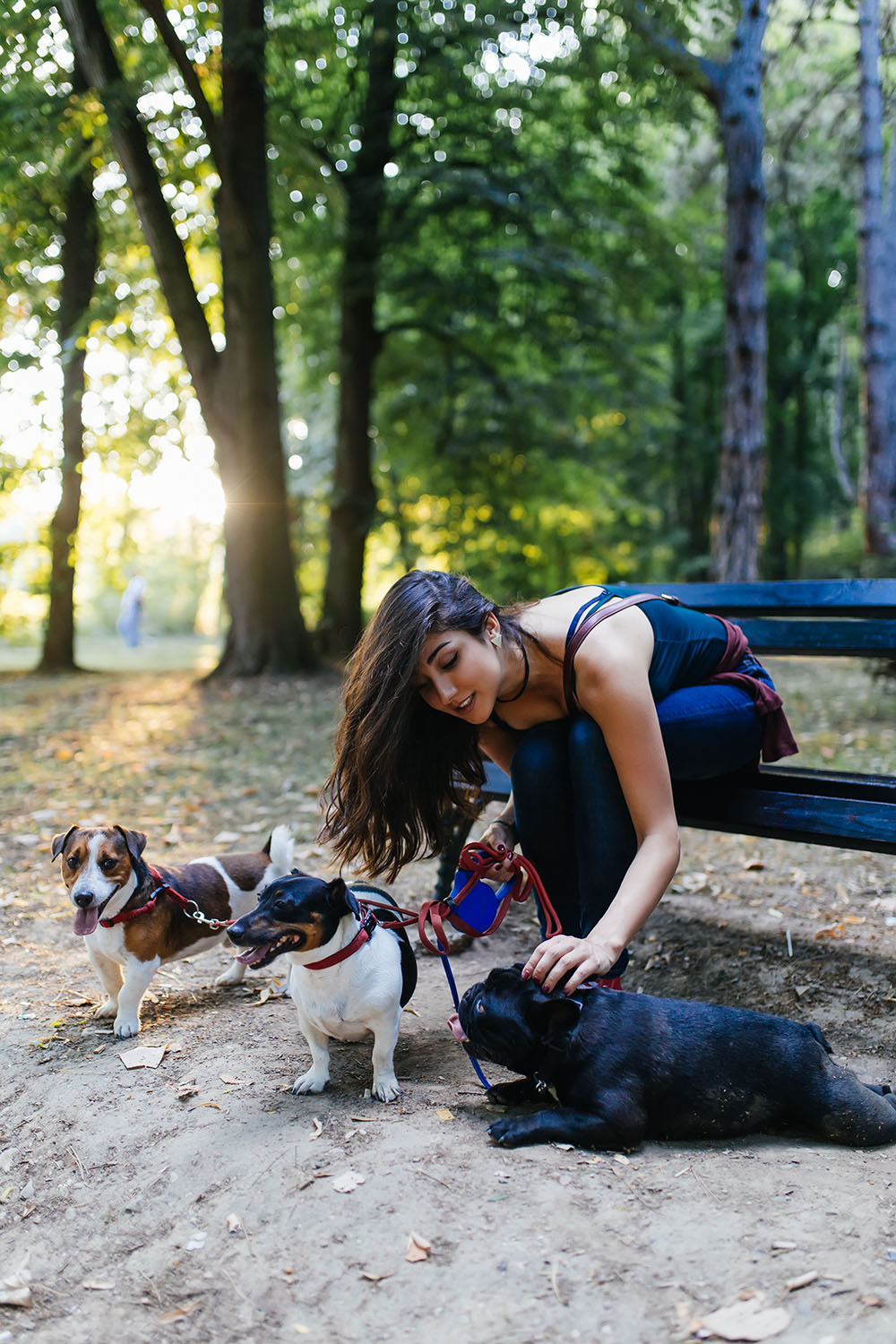Greetings, dog parents! As a dog care service, we truly understand the urgent need to teach your puppy to walk on a leash.
This training ensures our furry friend’s safety, prevents accidents, and fosters positive social interactions, complying with leash laws and showcasing responsible ownership. Moreover, it deepens the bond between you and your dog, building trust and connection.
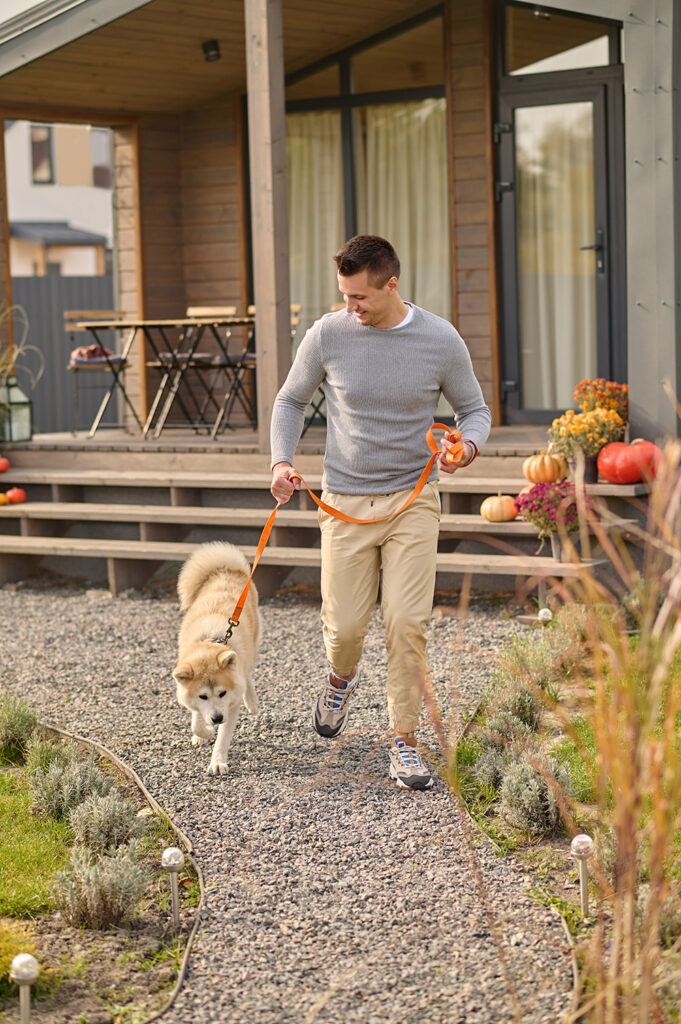
So, grab that leash with some treats and embark on this journey!
In this article:
Prepare Your Equipment
Gear up for successful puppy leash training with these essential preparations. Now, let’s ensure you have the right tools in your arsenal:
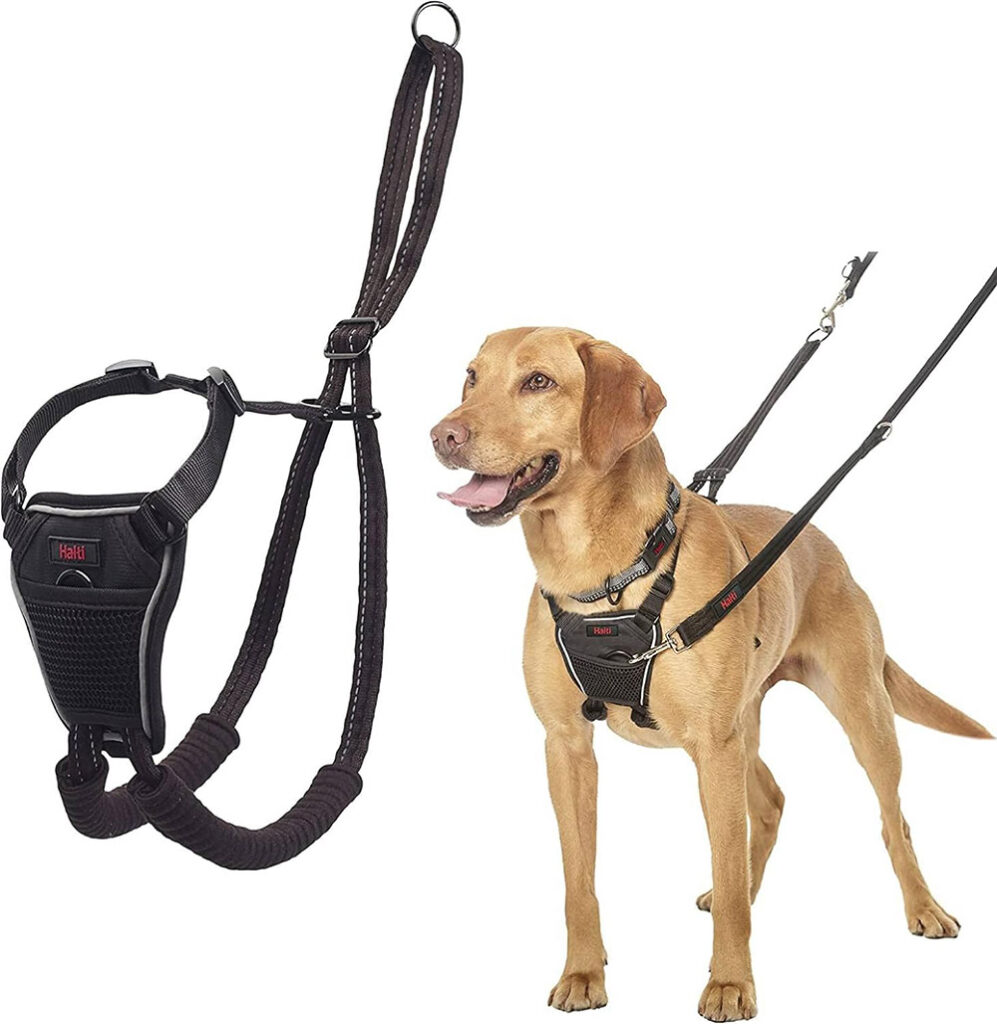
- Quality leash: Invest in a sturdy leash to maintain control and provide a comfortable range for your dog during walks. Here at PetsitUSA, we mostly use the 4 to 6-foot types for most canines.
- Proper collar, harness, or head halter: Choose a well-fitting collar, harness, or head halter, depending on your dog’s needs. Harnesses are recommended for pullers, while head halters offer gentle pressure.
- Treats or rewards: Have a supply of your dog’s favorite tasty treats on hand to reward positive behavior during training sessions, reinforcing good leash manners.
- Patience and positive energy: While not physical equipment, these are crucial! Approach leash training with positive reinforcement and patience, creating a pleasant experience for both you and your furry companion.
By having these essentials in place, you set the stage for effective and enjoyable puppy leash training sessions.
How To Train Your Puppy To Walk On A Leash
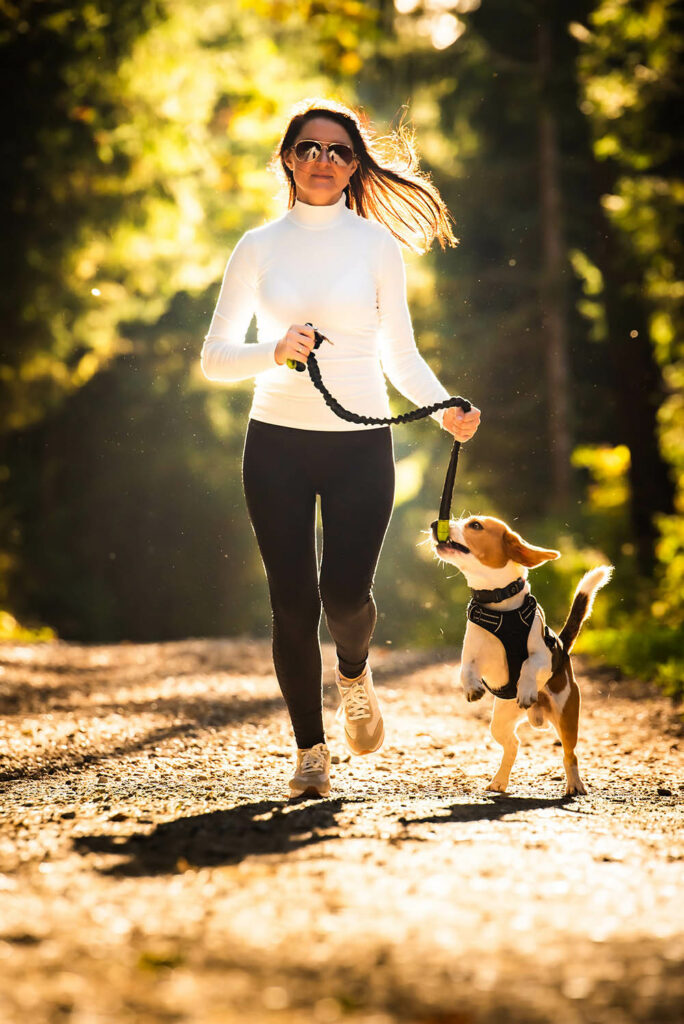
Positive Reinforcement and Comfortable Familiarization
By providing tasty treats as rewards, we tap into psychological principles that strengthen the likelihood of your puppy repeating desired behaviors. This positive reinforcement creates an optimistic link between the leash and pleasant experiences, enhancing the learning process.
Simultaneously, facilitate your puppy’s comfort with the leash by allowing exploration in a stress-free environment. This approach is rooted in behavioral science, where gradual exposure to the leash in a familiar setting helps establish a sense of normalcy.
By minimizing stress and anxiety, your puppy is more likely to view the leash as a non-threatening and even enjoyable element, fostering a smoother and more successful training experience.
Attention Span and Mental Stimulation with Basic Commands
Understand your puppy’s attention span and maintain mental stimulation during walks. Keep sessions short (10-15 minutes), incorporating verbal commands for engagement. Establish basic commands like “heel” for effective communication and engaging cognitive abilities for improved learning.
Proper Equipment and Incremental Introductions
Equip your puppy with proper gear (4- to 6-foot leash, fitting collar, harness, or head halter). Ensure comfort, and for pullers, consider a front-clip harness or gentle pressure prong collar. Introduce the leash incrementally, respecting attention spans and allowing positive adjustments to this new accessory.
Leash Training Techniques and Polite Walking
Enforce successful leash training techniques, focusing on instilling good leash manners and promoting polite walking behavior. Employing a cheerful tone during training sessions contributes to the positive reinforcement process, encouraging your puppy to associate walking on a leash with a pleasant experience.
Consistency in corrections plays a vital role in reinforcing desired behavior. Dogs thrive on routine and predictability, making it essential to provide clear signals when they exhibit proper leash manners. This consistency aids in creating a strong association between correct behavior and positive outcomes.
Daily Walks, Variety, and Consistent Rewards
Establish a routine of daily walks for essential cardiovascular benefits. When walking our client’s furry friend, we always vary routes to expose the puppy to diverse environments, gradually extending outing durations.
Consistently rewarding good leash manners helps create a positive association with walking and reinforcing consistent, encouraging learning environments.
By combining these key tips and techniques, you can create a positive and effective puppy leash training experience, ensuring your furry friend learns to walk on a leash with enthusiasm and obedience.
Some Common Issues When Walking

Barking at Other Dogs: Navigating Social Encounters
After years of working at dog walkers, we’ve encountered countless situations where a pup tends to bark at other dogs during walks. To address this, we use positive reinforcement by offering tasty treats when the pup remains calm.
Gradually expose them to other dogs in controlled environments, rewarding good behavior. Consistency is key; wait for a loose leash before continuing the walk.
Chasing Objects: Redirecting Unwanted Behavior
If your dog has a habit of going after things during walks, we understand the challenge. Redirect their attention with a cheerful tone and tasty treats.
Introduce a “leave it” command, associating it with positive reinforcement. This helps in preventing your furry friend from chasing after tempting distractions.
Pulling in the Other Direction: Establishing Leash Manners
Pulling is a common issue, and we’ve successfully tackled this with proper leash training. Choose a front-clip harness or gentle pressure prong collar for determined pullers.
Be consistent with corrections, use a cheerful tone, and promptly reward the correct behavior. Establish a routine of daily walks to burn excess energy and gradually reinforce polite walking behavior.
By addressing these common leash challenges with love, positive reinforcement, and consistent techniques, you can pave the way for enjoyable walks for both you and your furry friend.
View more dog walking tips:
Conclusion
Alright, fellow pet enthusiasts, we’ve covered the essentials of leash training a dog, ensuring those daily walks become a delightful experience for both you and your furry friend. Whether you’ve got the hang of it or not, it’s all about creating positive associations.
Remember, start with baby steps – gradual introductions, positive reinforcement, and a sprinkle of patience. By understanding your pup’s attention spans, incorporating mental stimulation, and navigating potential distractions, you’re on your way to mastering leash manners.
